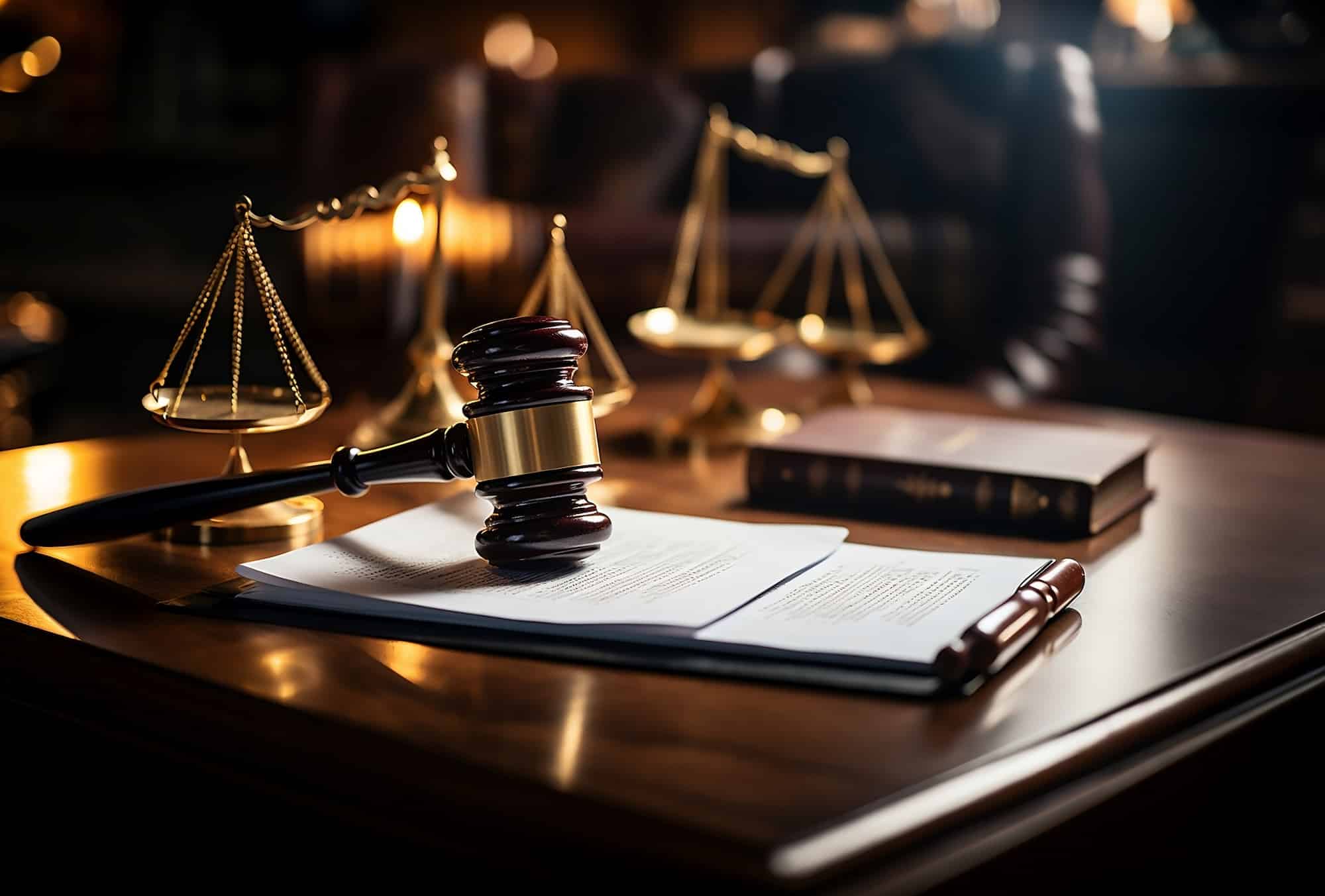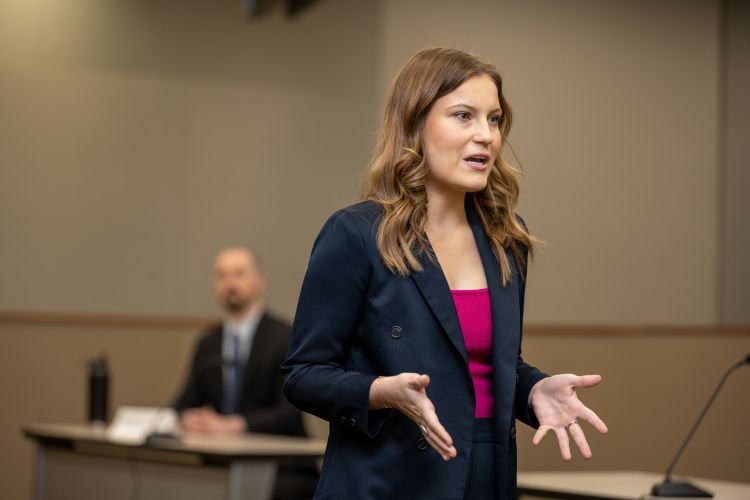Attaining Success in Courtroom Trials: The Importance of Expert Trial Presentations
Attaining Success in Courtroom Trials: The Importance of Expert Trial Presentations
Blog Article
Navigating the Intricacies of Trial Presentations: Tips for Seamless Delivery and Compelling Arguments
In the realm of legal procedures, the art of test presentation stands as a crucial factor of success. As attorneys browse the intricate web of court dynamics, the ability to flawlessly deliver disagreements and evidence while captivating the court's attention comes to be vital. The complexities integral in test presentations call for a fragile equilibrium of skill, skill, and method. By refining methods that make sure a refined distribution and crafting engaging arguments that resonate with the audience, lawyers can substantially improve their campaigning for. In a globe where persuasion preponderates, grasping the details of trial presentations is not just an alternative but a need for those looking for to prevail in the court room.

Comprehending Trial Purposes
To successfully browse a trial, it is essential to have a clear understanding of the purposes that need to be achieved. Before stepping right into the court, legal groups must specify their goals and desired outcomes. These objectives work as directing principles throughout the trial, shaping techniques and affecting decision-making procedures.
Recognizing test objectives includes a thorough evaluation of the situation, lawful precedents, and the customer's finest rate of interests. Trial Presentations. It needs a thorough exam of the facts, identifying key concerns, and anticipating potential obstacles. By setting particular and measurable objectives, lawyers can tailor their arguments and discussions to line up with the desired outcomes
Furthermore, a clear understanding of trial purposes makes it possible for lawful groups to focus on evidence, witnesses, and legal disagreements efficiently. It enables the growth of a systematic narrative that resonates with the court and jury, reinforcing the general instance presentation.

Organizing Proof Efficiently
Having a clear understanding of trial purposes lays the foundation for organizing evidence properly in lawful procedures. By aligning the presentation of evidence with the preferred outcomes of the test, lawful groups can reinforce their arguments and enhance their persuasiveness.
An additional key component in organizing proof properly is establishing a rational circulation. Presenting proof in a sequential and meaningful fashion can assist build a compelling story that supports the lawful disagreements being made. In addition, making use of visual help such as graphs, timelines, or charts can further enhance the organization of proof and assist in clearing up intricate connections or series of occasions.
Additionally, making sure that all proof presented is pertinent and acceptable to the situation is important. Pointless or inadmissible evidence can interfere with the toughness of the debate and possibly damage the reputation of the presenting event. A careful testimonial and option procedure must be undertaken to include just the most impactful and legitimately audio evidence in the test discussion.
Crafting Convincing Narratives
Crafting compelling stories plays a pivotal duty in presenting persuasive debates during legal process. When constructing a story for a test presentation, it is visit homepage crucial to develop a clear storyline that highlights key factors and attaches them in a coherent way. By weaving together evidence, statement, and legal disagreements right into a convincing and natural story, legal experts can efficiently support for their customers and increase the probability of a favorable result in the courtroom.
Understanding Visual Help
Effective use aesthetic aids is vital to enhancing the effect and clarity of trial discussions. Visual aids, when utilized purposefully, have the power to streamline intricate information, enhance bottom lines, and leave an enduring perception on the judge and court. To understand aesthetic aids in test presentations, it is critical to ensure that they are clear, concise, and relevant to the arguments being made.
When integrating aesthetic aids, such as charts, graphs, pictures, or timelines, into a trial presentation, it is necessary to maintain them aesthetically appealing yet professional. The visuals must match the spoken disagreements, supplying a visual depiction of the details being discussed without overwhelming the audience with unnecessary information.
Furthermore, exercising with the aesthetic aids in advance is crucial to make sure a smooth shipment throughout the test. Familiarizing oneself with the material, changes, and timings of each aesthetic help can help keep the circulation of the presentation and protect against technical glitches that may develop.
Delivering Impactful Closing Debates
A compelling closing disagreement offers as the end result of a test presentation, encapsulating the core story and convincing the court and court in the direction of a positive choice. Begin by outlining the primary debates that support your client's position, emphasizing why the proof provided throughout the trial sustains important link your story.
In addition, integrating emotional appeal can further reinforce your closing argument. By linking and humanizing the case on an individual level with the decision-makers, you can evoke empathy and understanding, affecting their assumption of the realities offered. Additionally, restating the lawful criteria that should be fulfilled for a desirable ruling can reinforce the legitimacy of your position. Eventually, a well-crafted closing debate must leave an enduring perception, compelling the court and jury to rule in your client's support.
Final Thought
In verdict, grasping trial discussions includes recognizing purposes, arranging proof, crafting narratives, utilizing aesthetic aids, and supplying impactful closing disagreements. By implementing these approaches efficiently, attorneys can present their instance flawlessly and make engaging disagreements in the courtroom. It is critical to navigate the complexities of trial presentations with accuracy and ability to achieve success in lawful proceedings.
By lining up the presentation of evidence with the preferred end results of the trial, lawful groups can strengthen their disagreements and improve their persuasiveness (Trial Presentations). To understand visual aids in test discussions, it is critical to make certain that they are clear, succinct, and appropriate to the arguments being made
A compelling pop over here closing disagreement serves as the conclusion of a trial discussion, enveloping the core story and convincing the judge and court towards a favorable decision. Begin by describing the main disagreements that sustain your client's setting, stressing why the evidence offered throughout the trial sustains your story.In conclusion, mastering trial presentations includes understanding purposes, organizing evidence, crafting narratives, utilizing aesthetic aids, and supplying impactful closing disagreements.
Report this page